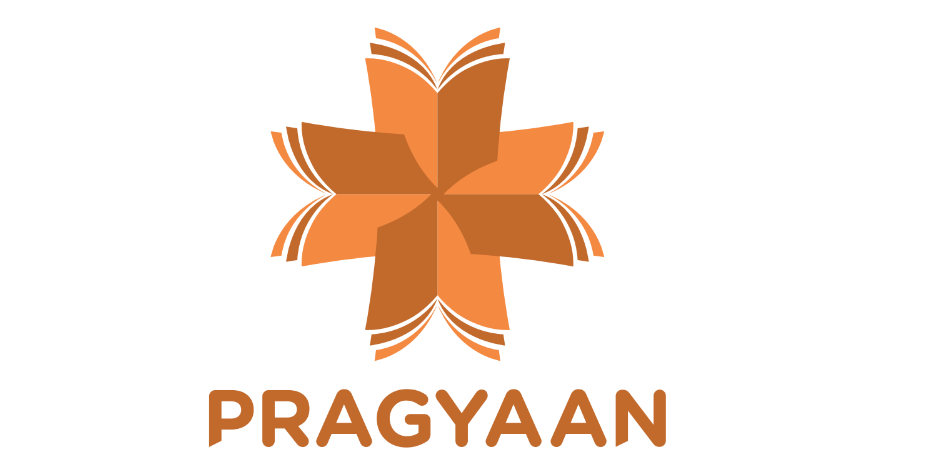Sustainability at Better Sweater : knitwear size customization and the triple bottom line / Sarah Portway, Susan P. Ashdown.
Material type: TextPublisher: London, UK : Bloomsbury Publishing, 2018Description: 1 online resourceContent type:
TextPublisher: London, UK : Bloomsbury Publishing, 2018Description: 1 online resourceContent type: - text
- computer
- online resource
- TT560 .P67 2018
Scenario case, Intermediate.
Includes bibliographical references.
Learning objectives -- Introduction -- Business problem -- Business questions -- Teaching notes -- Appendices -- References and further reading -- Definitions.
"The outdoor-apparel brand Better Sweater offers customized sizing in machine-knitted and hand-finished sweaters, made on demand for men and women. The exclusively online brand uniquely combines high-tech knitting machine processes with hand-finishing techniques and demonstrates a strong commitment to sustainability by using zero-waste production methods, fairly-paid local labor, and on-demand supply-chain strategies. This case study traces Better Sweater's unique proprietary supply chain from local fibers to their customers' homes and asks students to recommend a sustainable and scalable business strategy. Business is growing fast, and Better Sweater is facing two major dilemmas as they scale their business. The first is that offering product on demand works well with their sustainability values, but their knitting technology has been having difficulty keeping pace with incoming orders. Second, some Better Sweater customers have a combination of bust and armhole body dimensions that are difficult to accommodate in a custom garment with the appropriate level of quality. Most customers fit ready-to-wear sizes with customized lengths in the torso and sleeves leading to questions on whether they continue to offer unlimited customization. To help Better Sweater improve efficiency and meet new demands, students should weigh the benefits and drawbacks of whether the brand should (1) offer unlimited customization or not, and (2) offer orders on demand or not. Students should make their final decisions (choosing to implement one, neither, or both), and offer support for their decisions."--Bloomsbury Publishing.
There are no comments on this title.
